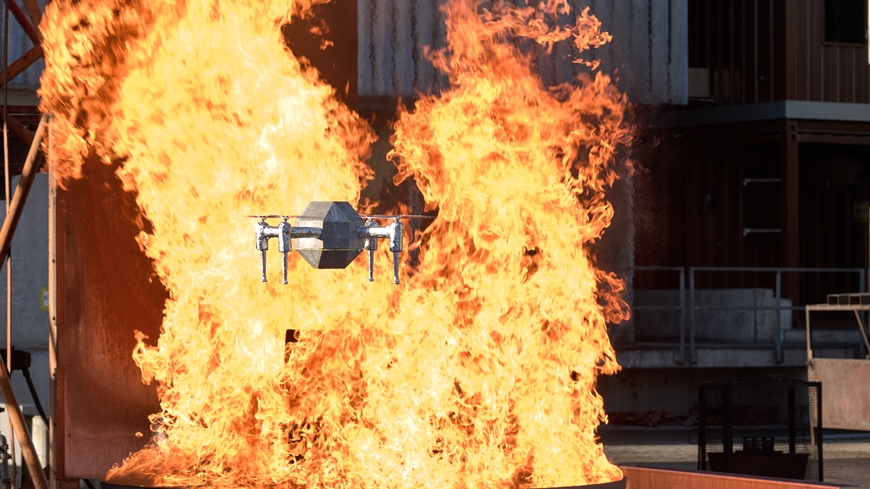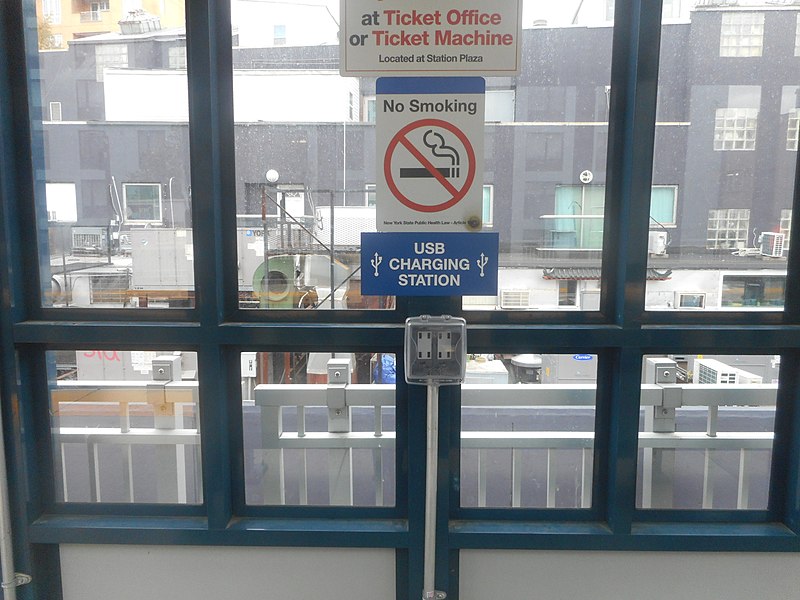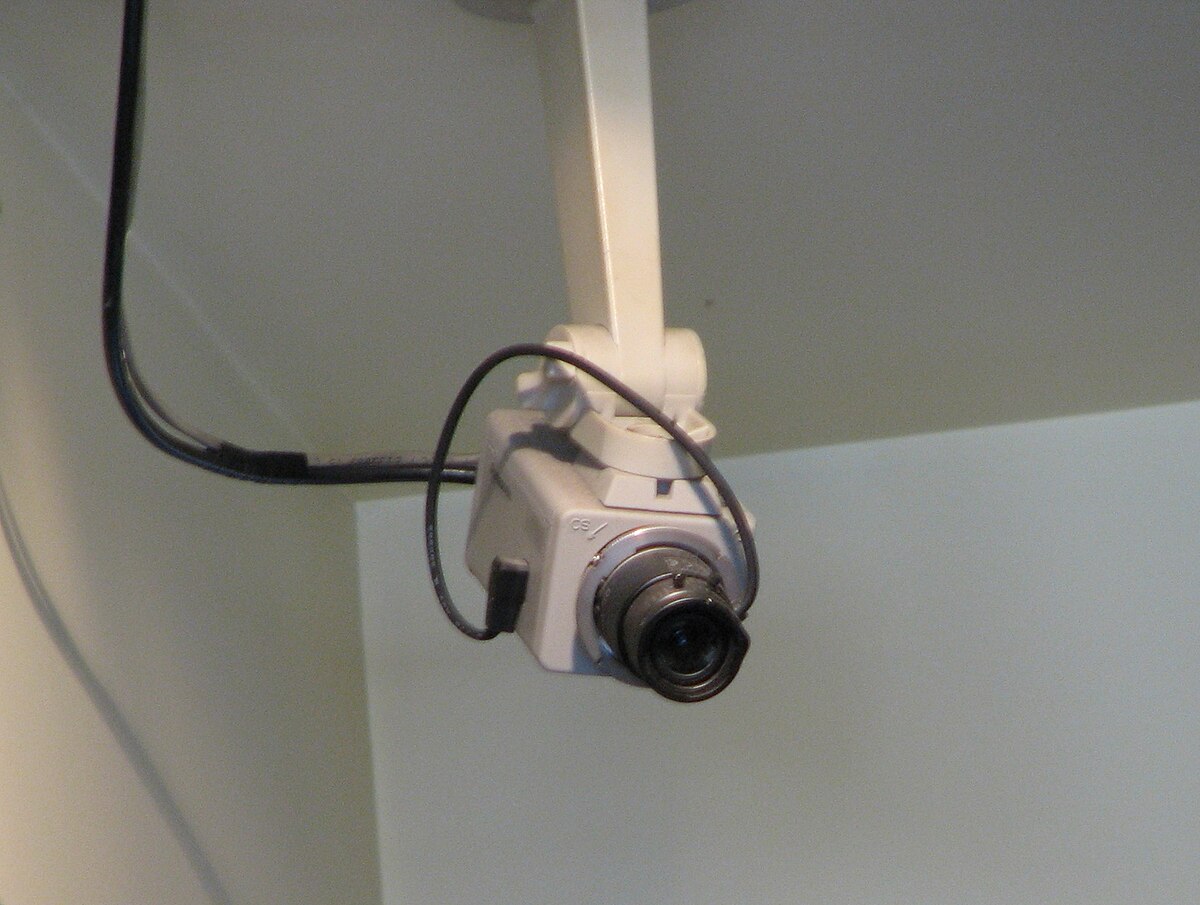Firefighters are trained professionals who willingly face dangerous situations to save people and property from fires and emergencies. They often enter the danger zone without knowing the specific challenges they will encounter.
But when firefighters respond to emergencies, they often have limited information about the exact conditions they will face, which increases the inherent risk for firefighters.
Now, in an innovative approach to mitigating the uncertainty and risk faced by firefighters, researchers at Imperial College London and Switzerland’s Empa research institute are creating a heat-resistant drone capable of entering burning buildings.
This fire-resistant drone aims to mitigate uncertainty by scouting the structures to provide critical information to firefighters, such as fire severity and trapped individuals.
Aptly named FireDrone, this specialized drone can endure temperatures of up to 200 ºC (392 ºF) for extended periods of up to 10 minutes. This heat-resistant capability makes it well-suited for operations in high-temperature environments encountered in burning buildings.
House fires reach temperatures well above 1,932 ºF (1,000 ºC). The new drone, however, cannot withstand such intense heat.
But it will have a longer survival time compared to conventional drones.
The FireDrone features a lightweight, thermally super-insulating shell made of materials like polyimide plastic, silica, and glass fibers. It includes aluminum cladding for heat reflection. Temperature-sensitive components such as cameras, sensors, and controllers are housed within this protective structure. A cooling system utilizing the release and evaporation of gas from CO2 sensors helps regulate the drone’s temperature during operation.







